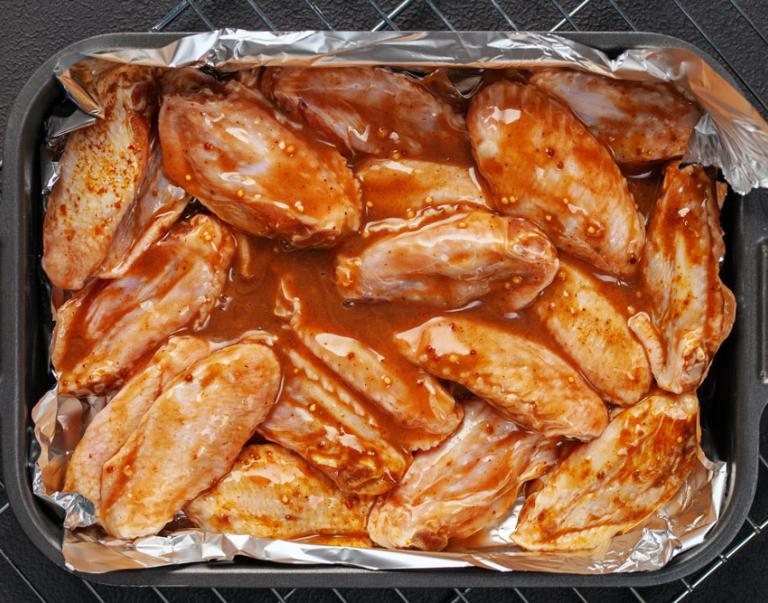
The Four Star Dairy is a family affair. Roger Erickson grew up on this Clark County, Wis. farm, which his grandfather started and now he and his family work together to manage the conservation-minded, 14-employee operation, 700 cows, as well as corn, soybean, oat and hay production.
The Ericksons have worked with USDA’s Natural Resources Conservation Service (NRCS) to voluntarily implement conservation practices since the 1980s. And over the years, these practices have grown into a long list that includes conservation crop rotation, residue management and nutrient and feed management, to name just a few.
The dairy lies in the Black River watershed. That means that all of the waterways in the watershed eventually flow to the Mississippi River—and so does anything that enters these waterways, such as nutrients that might be found in runoff from farms.

Clean water is a one of the biggest concerns for Four Star Dairy. One significant change over the years has been in ways the dairy deals with manure. Among other practices, the Ericksons have planted grasses in key areas of the farm to protect nearby bodies of water from nutrient contamination.
The farm is also carefully managing cow manure, keeping it on site and applying it to the fields in a controlled way, rather than letting it run off.
The grasses planted next to streams and wetlands to protect water quality will also provide nesting cover for birds. To extend this benefit even further, the Ericksons will cut hay only during the day and in a pattern that flushes out birds and other wildlife.
The results of all of these improvements are the preservation of topsoil and the protection of water quality—and ultimately, a more sustainable operation that will be viable for local generations to come.



